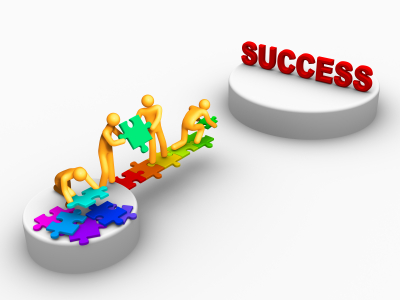Planning & Organising Skills
This is the ability to manage self
others and resources available resources, including time, to reach a specific
goal.
You'll need to be able to prove to
employers that you actually have these skills/competencies. In interviews they
will ask 'competency questions' that begin with phrases such as 'tell me a time
when ............. ' or 'give me an example of .............. ' Your answers
are the evidence that you have what it takes.
To find out how well developed your
skills are already you could try this simple exercise:
Rate yourself on each of the skill/competency
stated below by using the following Rubric:
1 = I do this very well. I am
consistent and successful in it
2 = I am good at this. With some
practice I can make it perfect!
3 = I am getting better, but still
need to work on this a bit more.
4 = I am
not particularly good at this - yet!
Skills:
- Accurately estimates time and effort required to complete a
task.
- Identifies and organises systems and required resources.
- Organises personal time to carry out responsibilities.
- Maintains adequate preparation time for scheduled
meetings/deadlines.
- Develops schedules and timetables with clear, specific
milestones and deadlines.
- Establishes how to measure results and milestones for self.
Your ultimate aim is
to score 1 is all areas!!
When planning and organizing be sure
to prioritise!
Five simple ways to prioritise:
1.
Identify critical tasks.
2.
Arrange tasks in a logical order.
3.
Establish priorities systematically,
differentiating between urgent, important, and unimportant tasks.
4.
Use a "to do" list, task
plan, or similar planning devices to note action plans, deadlines, etc.
5.
Monitor & adjust priorities
and/or eliminate tasks on an on-going basis.
Adopted
from: http://navyadvancement.tpub.com/12045/css/12045_31.htm










